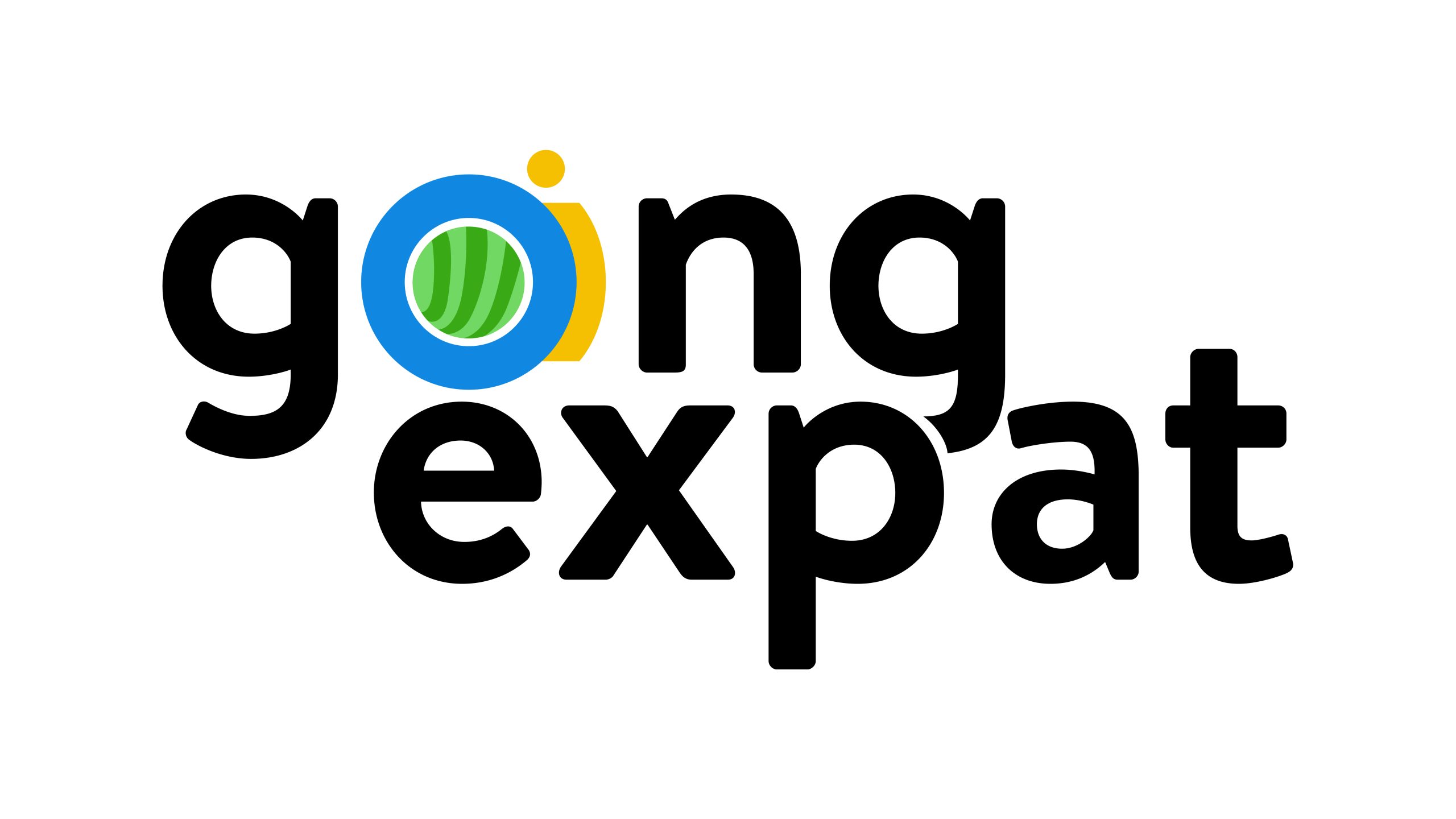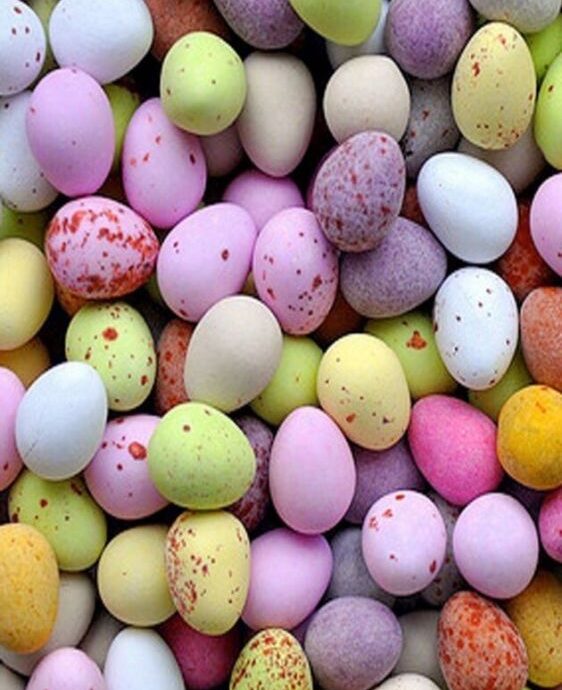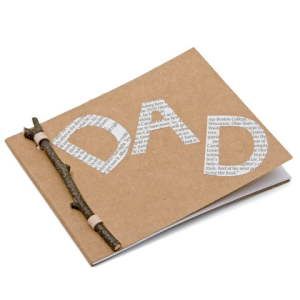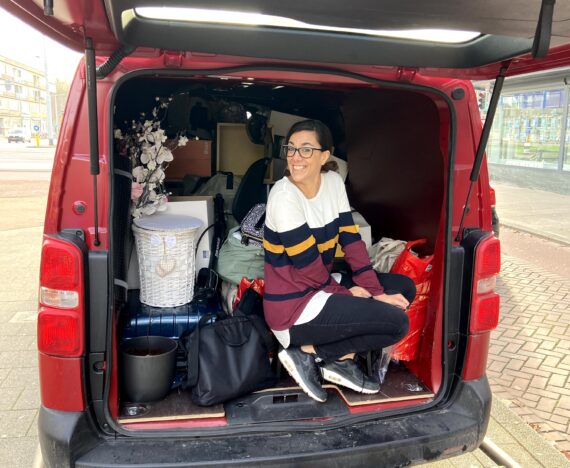Hello Going Expat People,
another article this month about traditions, in fact after Father’s day, March 2024 celebrates Easter.
How do they celebrate Easter in Italy and the Netherlands?
I am sure every country has different traditions and some peculiaties, and today we focus on the 2 that are part of my life: Italy and the Netherlands.
Easter in Italy:
Italy is a predominantly Catholic country, therefore going to Church and take part of some religious activities during the Holy Week, the week leading up to Easter Sunday, is quite common.
There are various religious processions, reenactments of the Passion of Christ, and church services. The Sunday before Easter, for example, is Palm Sunday, when after the Mass, the priest blesses the Palms commemorating the Christian belief in the triumphal entry of Jesus into Jerusalem; There he was greeted by believers waving palm branches.
Of course, on the Easter Sunday many people attend services at churches across the country. The Pope usually leads the Easter Sunday Mass at St. Peter’s Basilica in Vatican City, which attracts pilgrims from around the world.
Generally people, after being at the mass, meet their family and relatives for lunch and spend the full day together.
In Italy, Easter Monday, known as “Pasquetta,” is also widely celebrated. It is a public holiday, and many Italians take the opportunity to have picnics, go on outings, or spend time with family and friends.
Opposite than in other countries, the Friday before Easter, known as Good Friday, is a regular working day in Italy.
It could not be Italy without food traditions.
Italians use to celebrate anything around the table, there is always food involved and so it is the same also for Easter.
Some food traditions are the same in the whole country, while others are more regionals. Let’s have a closer look at what are we talking about then:
Colomba di Pasqua. To make it understandable with who is not familiar with it, we can say it is similar to panettone; The colomba di Pasqua is a traditional Italian Easter cake. Shaped like a dove, it’s a sweet bread made with candied fruits and almonds. It’s often given as a gift and enjoyed during Easter breakfast or dessert.
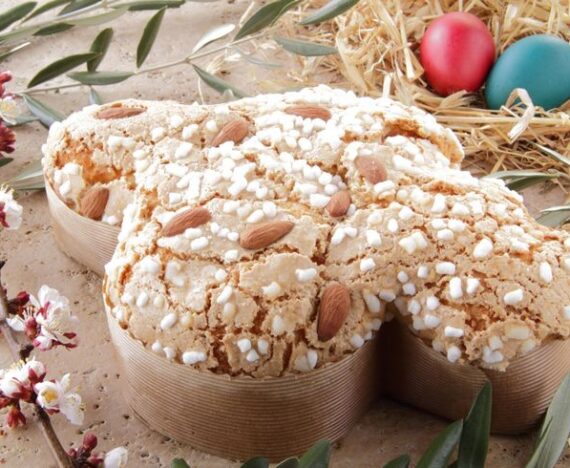
Agnello al Forno, Roast lamb is a classic centerpiece for Easter Sunday lunch or dinner in many Italian households. The lamb is often seasoned with garlic, rosemary, and other herbs, and roasted until tender.
Torta Pasqualina. Originating from Liguria, Torta Pasqualina is a savory Easter pie filled with ricotta cheese, spinach, and whole eggs. The eggs symbolize rebirth and new life, making this dish particularly fitting for Easter.
Pizza Rustica, also known as Easter Pie, Pizza Rustica is a savory pie made with a flaky pastry crust and filled with a mixture of cheeses, cured meats, and eggs. It’s a hearty dish often enjoyed as part of the Easter feast.
Capretto al Forno. In some regions of Italy, especially in Southern Italy, roasted kid (young goat) or veal might be served instead of lamb. Capretto al Forno, or roasted kid, is a popular choice for Easter meals in these areas.
Uova di Pasqua, Chocolate Easter eggs, known as Uova di Pasqua, are a beloved Easter treat in Italy. These large, hollow chocolate eggs are often elaborately decorated and filled with small toys or candies.
Casatiello Napoletano. Originating from Naples, Casatiello is a savory bread filled with cheese and cured meats such as salami or pancetta. It’s traditionally enjoyed during Easter celebrations in Southern Italy.
Pastiera Napoletana. Pastiera is a classic Neapolitan Easter dessert. It’s a rich, creamy pie made with ricotta cheese, cooked wheat berries, citrus zest, and flavored with orange flower water or vanilla. It’s a symbol of rebirth and is often enjoyed on Easter Sunday.
Cuddura, from my beloved Sicily, is a sweet bread that is typically shaped into a large ring or wreath, sometimes adorned with decorative shapes such as crosses or flowers. The most distinctive feature of cuddura is the whole egg(s) baked directly into the dough. These eggs are often dyed in bright colors, symbolizing the rebirth and renewal associated with Easter.

Surely there are more traditions and food traditions, and I would be happy to read about them in comments.
Same goes for the Ducth way, please share your knowledge about it, I try to do so with mine.
Easter in The Netherlands:
Like in many countries with Christian populations, Easter in the Netherlands is primarily a religious holiday. Many Dutch people attend church services on Easter Sunday.
As in many other parts of the world, Easter eggs are a popular symbol of Easter in the Netherlands. Families often engage in Easter egg hunts, where children search for hidden eggs either indoors or outdoors.
Dutch people often decorate their homes with Easter-themed decorations, such as Easter bunnies, chicks, and flowers.
Also in the Netherlands, Easter Monday is observed therefore it is a public holiday, and some families may spend the day together or participate in outdoor activities. In some areas also the Good Friday is given for free, although is not a general rules and doesn’t apply everywhere.
It is very common to sit together and have an Easter brunch. Families gather together for a festive meal, often consisting of various dishes like eggs, bread, pastries, and meats.
What do the Dutch eat in this days?
Easter Bread. Similar to other European countries, the Dutch have their version of Easter bread. This sweet bread, often flavored with spices like cinnamon (you will learn they use cinnamon very often in their food) and nutmeg, is sometimes shaped into a braided loaf or a ring. It may also contain dried fruits such as raisins.
Paasstol. This is a traditional Easter bread in the Netherlands. It’s a sweet, fruit-filled bread loaf often with a marzipan center. Paasstol is commonly enjoyed during Easter breakfast or brunch.

Easter Eggs are a universal symbol of Easter, and the Dutch enjoy them in various forms during the holiday. Hard-boiled eggs may be dyed or decorated, and egg-shaped chocolates are popular treats. Egg dishes such as omelets or egg salads might also be part of Easter meals.
Lamb Dishes. Lamb is a traditional Easter dish in many cultures, symbolizing the Lamb of God in Christian theology. In the Netherlands, roasted or braised lamb dishes may be served as part of the Easter meal.
Asparagus season typically begins around Easter in the Netherlands, so this vegetable often makes an appearance on Easter menus. Asparagus may be served as a side dish or incorporated into salads or other recipes.
Hollandse Nieuwe. You find or not this “dish” on the Dutch tables depending when Easter falls. In fact if it is around the time of the first catch of herring in the North Sea, Dutch people might indulge in Hollandse Nieuwe, which is young, raw herring traditionally eaten with onions and pickles.
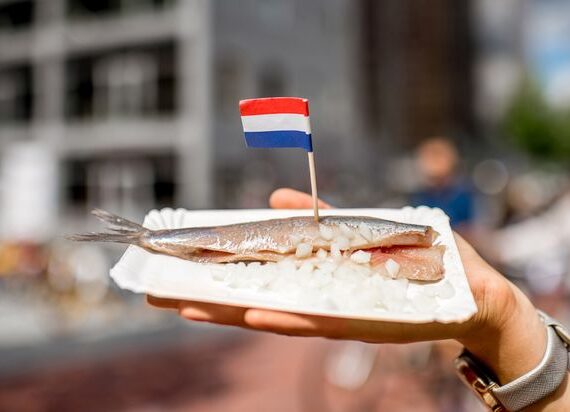
In addition to Easter bread and chocolates, Dutch bakeries may offer a variety of pastries and sweets with Easter-themed decorations. These could include cakes, cookies, and pastries shaped like eggs, bunnies, or chicks.
We are not that different in how we celebrate Easter, aren’t we?
What about the most important Easter tradition in your country?
Let me know in the comments.
Happy Easter everyone!
Rossella
